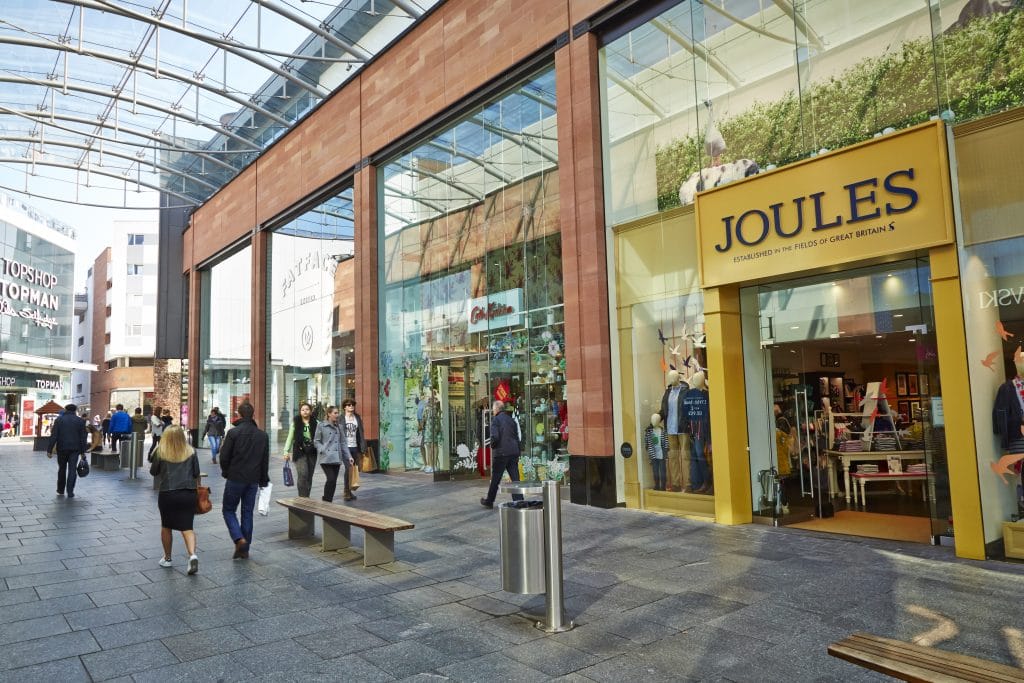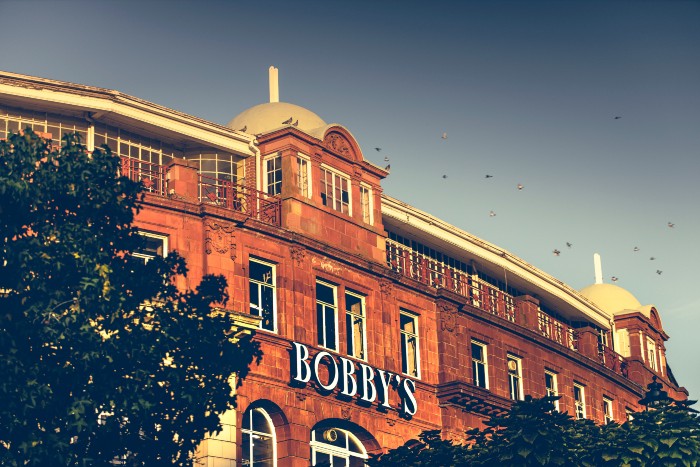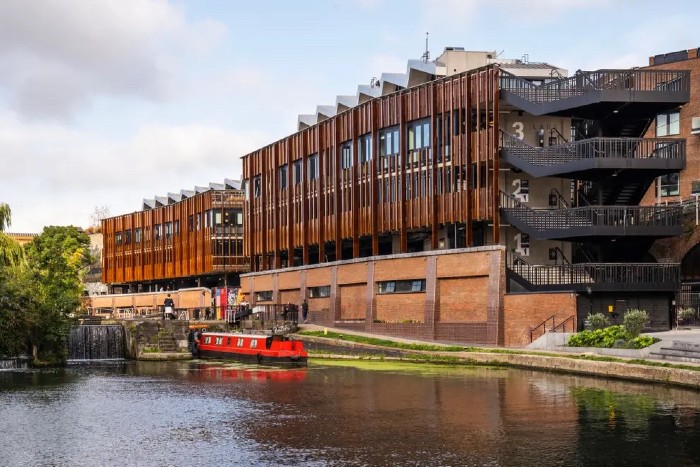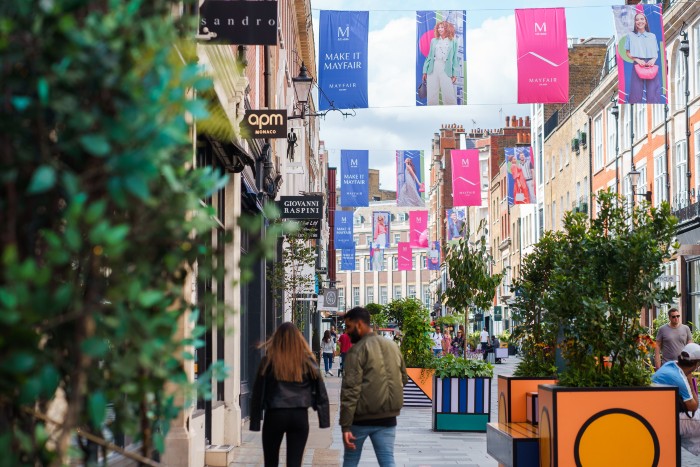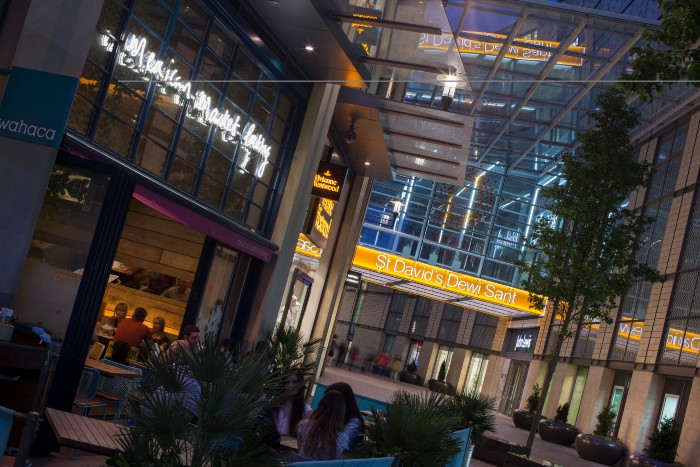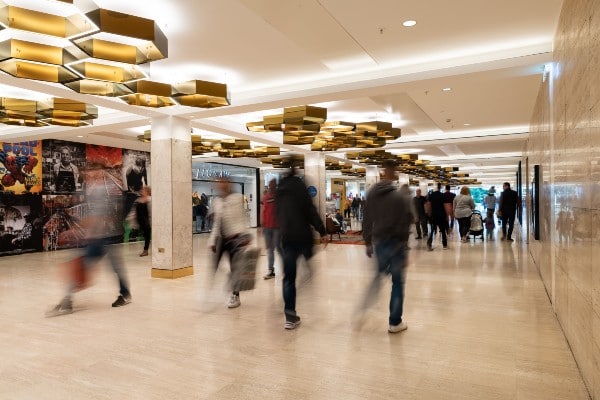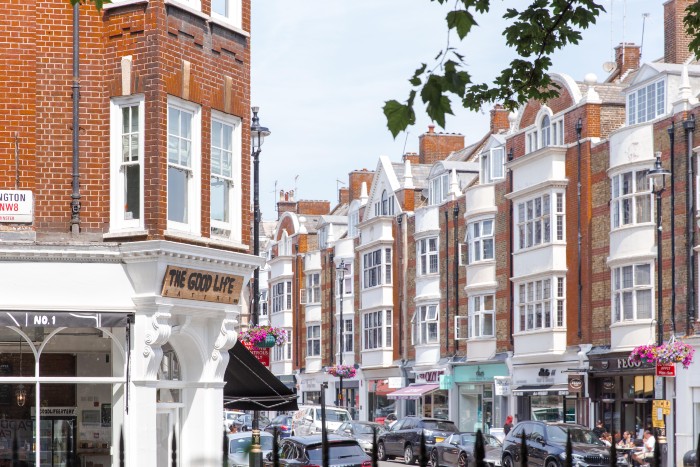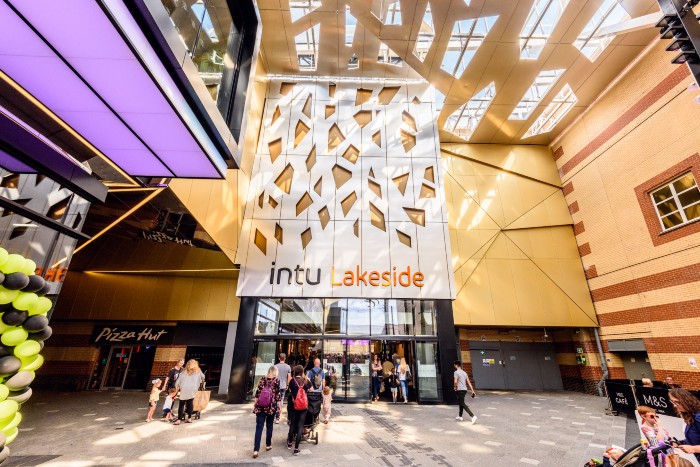Trips to shopping centres are solemn relaxing experiences. Excitable children, large crowds, a relentless bombardment of bright signage and numerous caffeine breaks are sure-fire ways to raise your heart rate.
In fact, a recent study published by Ebay revealed that a shopping trip during the busiest time of year raises your heart rate by an average of 33 per cent, the same as running a marathon.
Furthermore, 88 per cent of participants experienced tachycardia, a heart rhythm disorder which causes your heart to beat faster than normal when resting.
Rest assured, there is a place just off the south coast of the country where this is turned on its head and the term “retail therapy” is still a viable reason to visit the shops.
Princesshay, a 530,000sq ft shopping centre in the heart of Exeter, is not one of the most relaxed shopping experiences you’re likely to find by happy accident.
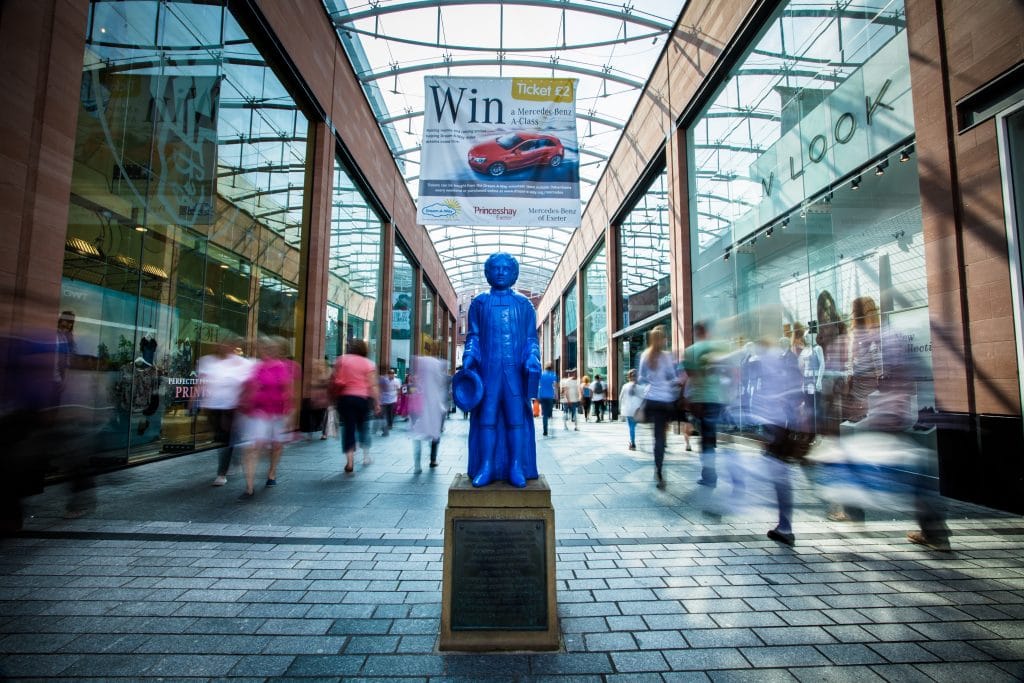
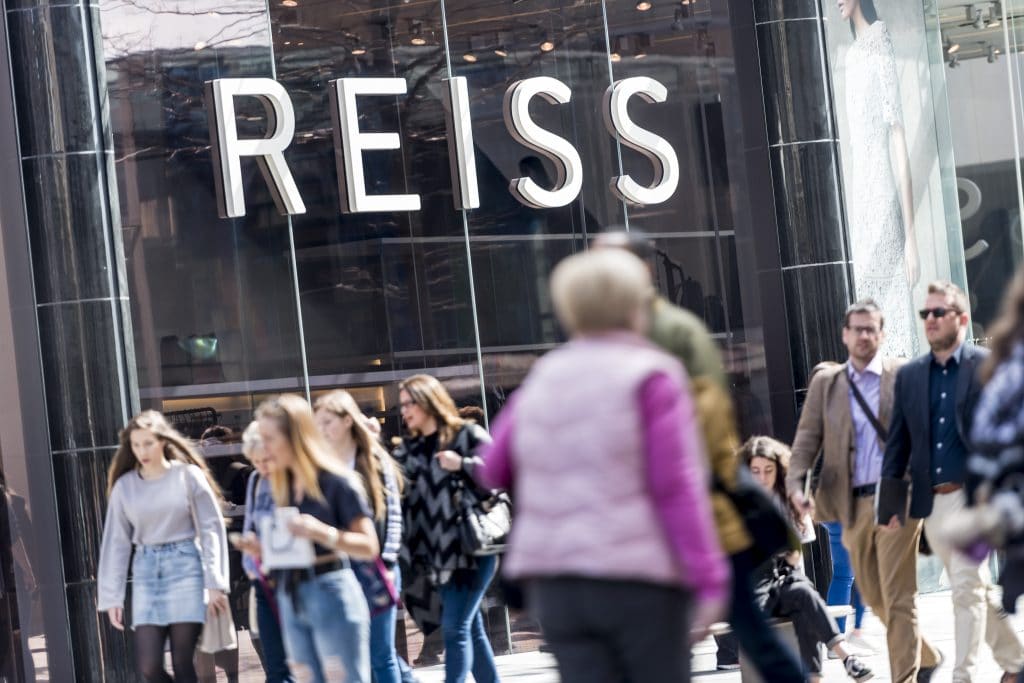
It was designed and crafted by its owners to slide seamlessly into both the rich historical heritage of the city, and the more laid-back lifestyle of its inhabitants.
“Lots of the time people don’t know they’ve been to Princesshay and we’re fine with that,” centre manager Wayne Pearce told the Retail Gazette.
Though this laid-back attitude radiates from every corner of the site, it doesn’t mean its management has taken a blasé approach.
When it launched in 2007 it won the British Council of Shopping Centres’ Supreme Gold Award and a year later was awarded Best Medium Sized Shopping Centre in Europe by the International Council of Shopping Centres.
Not only was its focus on seamless integration into the city centre ground-breaking at the time, but the site revitalised the area’s retail offering, attracting many brands and flagship stores which previously would never have taken the risk.
“Retailers who had previously never gone west of Bristol decided that Exeter was somewhere they could go because, we were going to be building this creation that fitted their needs in 2007, as opposed to the ones that were built in the 1950s,” Pearce said.
Katherine Armstead, the senior asset manager for The Crown Estate, which joined Landsec as a joint venture partner of the scheme in 2009, added: “At the time there probably wasn’t really the stores or perhaps the appropriate places in the centre for those retailers to come.
READ MORE:
“It was the opportunity of owning and evolving a shopping destination that was dominant in its catchment, an opportunity to create something that was bespoke to that catchment because of the high quality of the development and the great retail mix it had. It was a great platform to continue that evolution and bring in new operators.”
Despite its eventual success, Princesshay’s development was hard fought and has a history as rich as the ancient Roman structures it is so carefully built around.
After being levelled during the Blitz, the first incarnation of Princesshay – named after then Princess Elizabeth – opened in 1950 and was the country’s first pedestrianised shopping street.
This original precinct was eventually demolished in 2005 and an archaeological dig of the site was undertaken in which, among masses of Roman pottery, a coin minted in the city dating back to around 1200 was uncovered.
By the time the dig had unearthed its first piece of Roman tiling – in which there was a tonne – plans for a new retail centre were well underway.
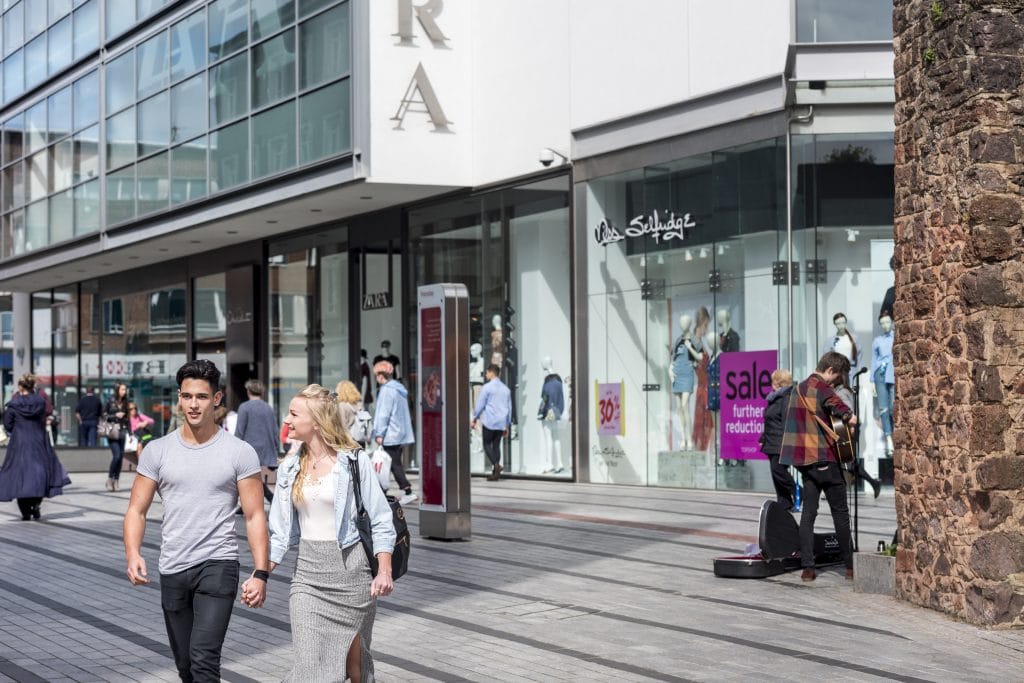
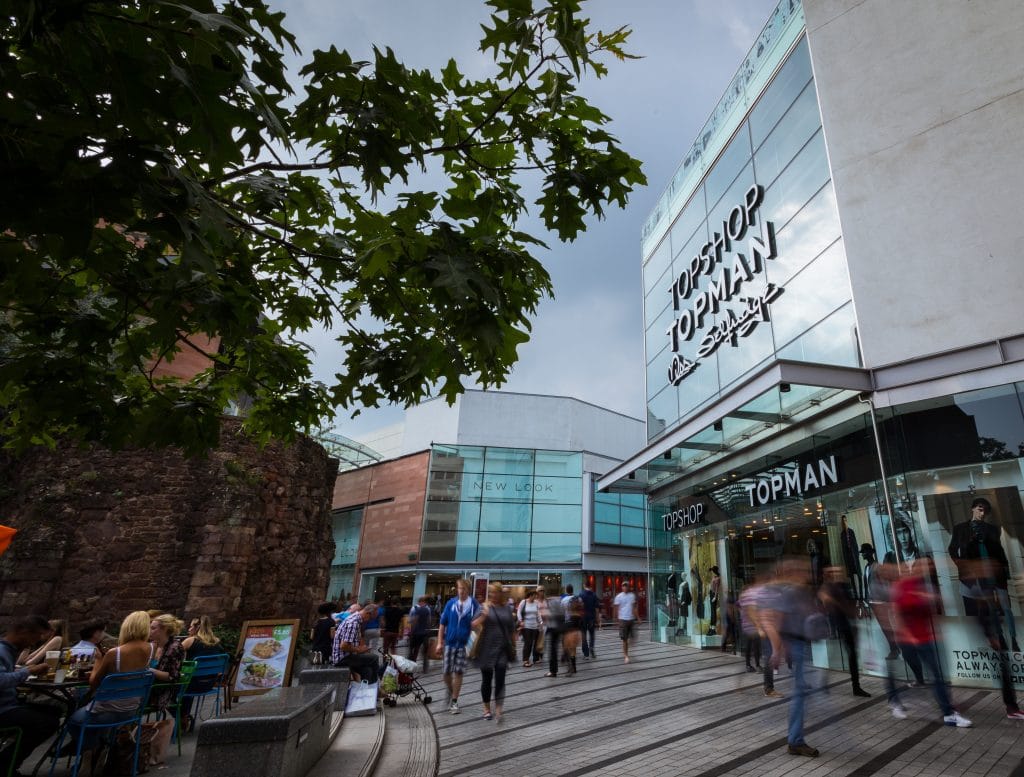
“It was something like 11 years from the initial planning through to its opening,” Pearce explained.
“There was an original scheme, which was very much an enclosed space, a closed mall almost turning its back on the centre.”
This initial scheme proved controversial in the city and illustrated to Landsec, who designed the original centre, just how important it was to its inhabitants to maintain the city’s look and feel.
“There was a range of opinions to its suitability. And in the end Landsec took the view that actually it would be better to try and create a scheme that would fit more naturally within the city,” Pearce added.
“You end up with something that looks like it has evolved, rather than just landing in the city centre.”
A main sticking point was the site’s proximity to the cathedral and its obstruction of the view of the landmark from the high street.
However, the developer decided to “crack the street open” to expose the view.
“When Princesshay opened, it opened up a new view of the cathedral. I think the citizens of Exeter like the fact that this shopping centre allowed them to circulate it easily,” he continued.
“The first proposal met with resistance, but when the new one was designed it sat much more comfortably with people’s expectations of the centre.”
There are reminders of this commitment all throughout the centre, such as Chando’s Deli selling local honey which is made by 30,000 bees on top of the shopping centre, various large sections of the roman walls which used to surround the city and numerous art installations with a historical theme.
It attempts to strike a difficult balance between the city’s older inhabitants, who were vocal in shaping Princesshay, and the growing student population from the local college and university who represent the main driver of sales.
This has resulted in a tenant mix which feels safer than other shopping centres which were once considered pioneering. Though there are usual suspects like JD, Schuh, Next and River Island, there’s nothing available which would make Princesshay attract shoppers on a national scale.
However, upon visiting the centre you get the impression that it is perfectly content to allow students and pensioners alike to come and go at their leisure, just as they would the rest of the idyllic city.
As Pearce said: “Our awards now are that people keep coming back.”
Click here to sign up to Retail Gazette’s free daily email newsletter

